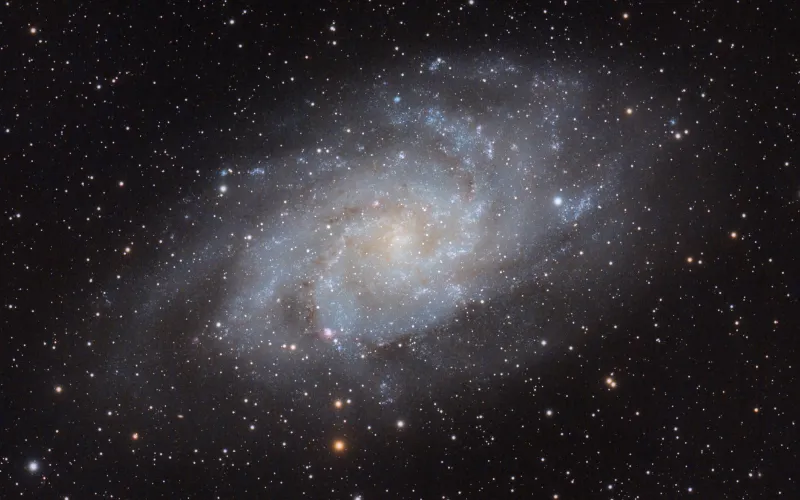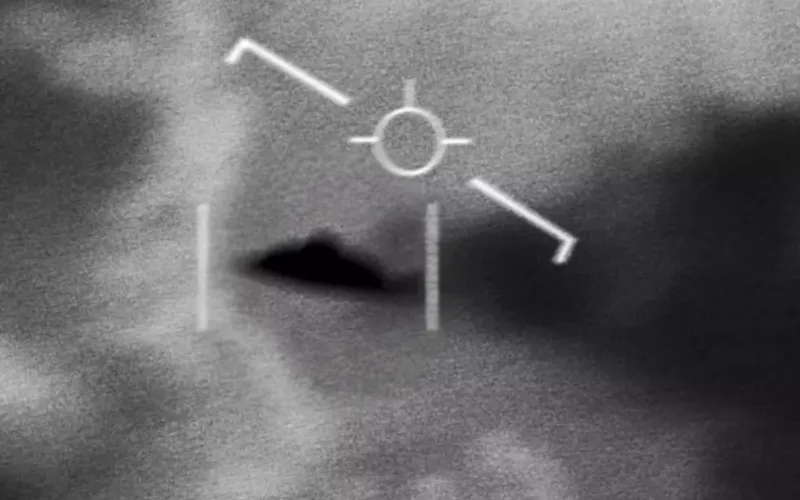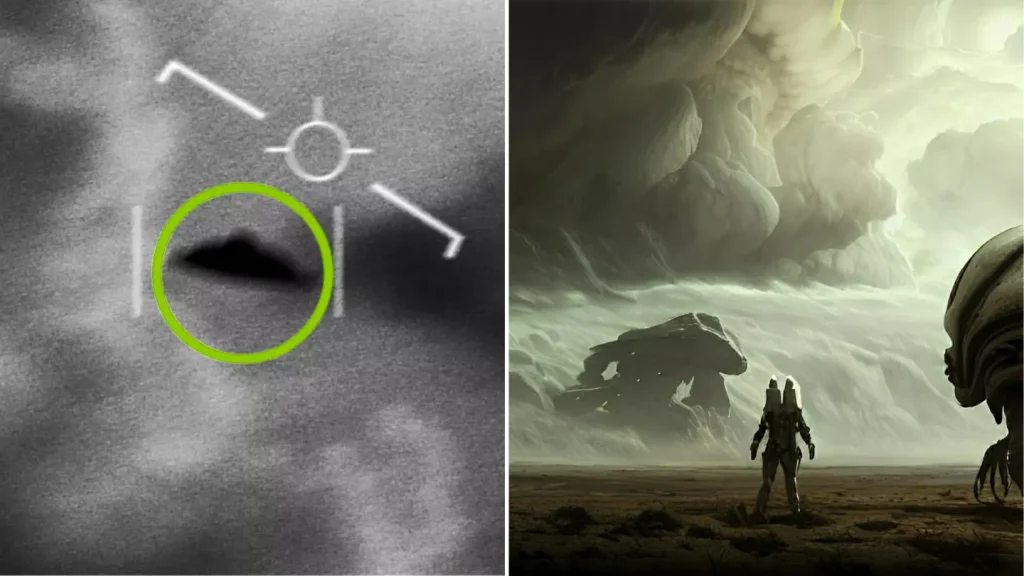A mysterious object has been detected speeding through space, captivating scientists across the world. Detected on July 1, it entered our solar system traveling more than 130,000 miles per hour, raising immediate questions about its origins.
Astronomers quickly named the object 3I/ATLAS and noted it was only the third confirmed interstellar visitor ever seen, following ʻOumuamua in 2017 and Borisov in 2019. Early observations suggested it could be a massive comet, measuring an estimated 15 miles across, far larger than Manhattan.
Researchers studying its make-up found it contains water ice, silicate grains, and carbon minerals. They believe the object may have been drifting through the Milky Way for billions of years before crossing into our system.

Yet its unusual path set off curiosity and speculation. Its orbit is sharply inclined, only five degrees from the plane of the solar system, and its trajectory takes it past Venus, Mars, and Jupiter in a sequence that some astronomers describe as “extremely rare.”
While most scientists believe the visitor is a natural comet, some are not entirely convinced. Harvard astrophysicist Avi Loeb, who previously suggested that the 2017 object ʻOumuamua could be alien in origin, joined with two researchers from the Initiative for Interstellar Studies to study 3I/ATLAS.
Writing in a Medium post, Loeb explained,
“3I/ATLAS achieves perihelion on the opposite side of the Sun relative to Earth. This could be intentional to avoid detailed observations from Earth-based telescopes when the object is brightest or when gadgets are sent to Earth from that hidden vantage point.”

He added,
“It is therefore impractical for earthlings to land on 3I/ATLAS at closest approach by boarding chemical rockets, since our best rockets reach at most a third of that speed.”
Other astronomers were quick to push back, calling such theories speculative. Samantha Lawler, an astronomer at the University of Regina, stated,
“All evidence points to this being an ordinary comet that was ejected from another solar system, just as countless billions of comets have been ejected from our own solar system.”

But Loeb and his colleagues have not ruled out a more unsettling possibility. In their new study, they wrote that 3I/ATLAS could be a “technological artifact”, a piece of alien equipment sent deliberately into our solar system.
They even suggested it could be a “possibly hostile” device and warned that “if the hypothesis turns out to be correct, it could potentially be dire for humanity.”
Loeb tempered his own warning by admitting, “By far, the most likely outcome will be that 3I/ATLAS is a completely natural interstellar object, probably a comet.”
Even with reassurances, the possibility that something more than a comet is hurtling toward us has been enough to spark one of the most provocative debates about alien life in years.
Featured image: (Canva/X)



